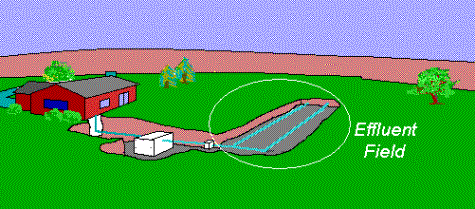Water Usage and Your Sewage System
Water Use
The total amount of water and the pattern of water use affect how the sewage system works. For complete and uniform treatment of wastes, the system needs time to work. Simply put, the less water that enters the tank the better, giving the microorganisms more time to break down the effluent.
The ideal situation is to have wastewater enter the system as evenly as possible throughout each day of the week. Each time water is used in the home, wastewater enters the septic tank and an equal amount of wastewater leaves the tank for the effluent field (see Fig. 5). Large volumes of water entering the system in a short period of time will likely agitate and re-suspend sludge and scum into the liquid contents. When this occurs, suspended solids are carried into the effluent lines, clogging the lines and preventing satisfactory treatment of the effluent.

Normally, toilet flushing uses the greatest amount of water (about 35% of household usage), followed by bathing, laundry, and dishwashing.
Improving the performance of your system and avoiding major problems can be achieved by applying some simple common-sense principles:
* Replace old water-using appliances.
* Install a Dual-flush cistern.
* Never flush personal hygiene products down the toilet.
* Never flush medicines or unwanted prescription drugs down the toilet.
* Use moderate amounts of white only toilet paper.
* Have showers instead of baths – showers use less water.
* Take shorter showers and use less shampoos.
* Shut off water while shaving and brushing teeth.
* Minimise the use of cleaners – and use biodegradable cleaners.
* Don’t use disinfectants that are placed in the bowl or cistern.
* Avoid using the dishwasher.
* Use liquid detergents where ever possible.
* Use phosphate-free detergents and soaps.
* Don’t use a Waste Disposal Unit or dispose of undigested food products in the Sewage System.
* Wash only full loads – or adjust level settings for small loads.
* Avoid using stain removers – soaking clothes immediately often gets the same results as the best stain removers.
* Use minimal amounts of bleach.
* Ensure all pool water, spa water and stormwater are diverted away from the Sewage System.
* Never allow paints, chemicals, solvent products, anti-freeze or oils enter the Sewage System.
* Don’t wash paintbrushes in the basin.
